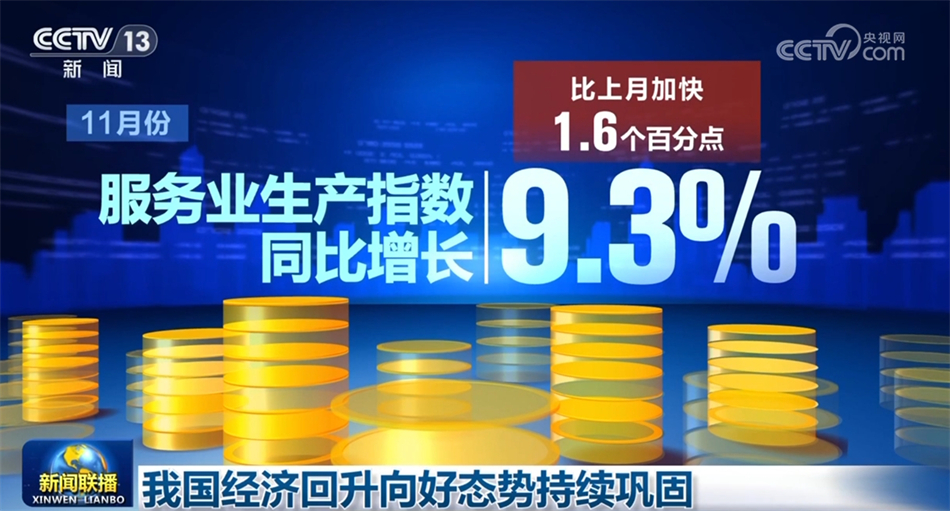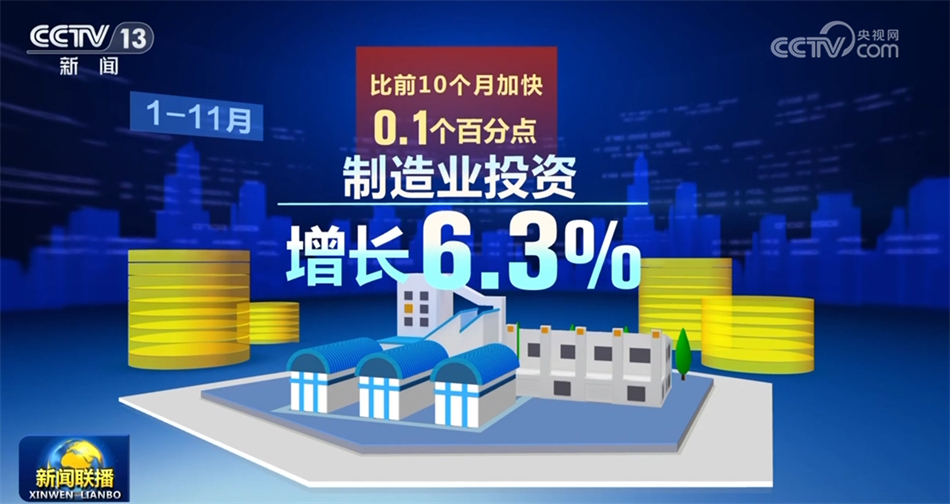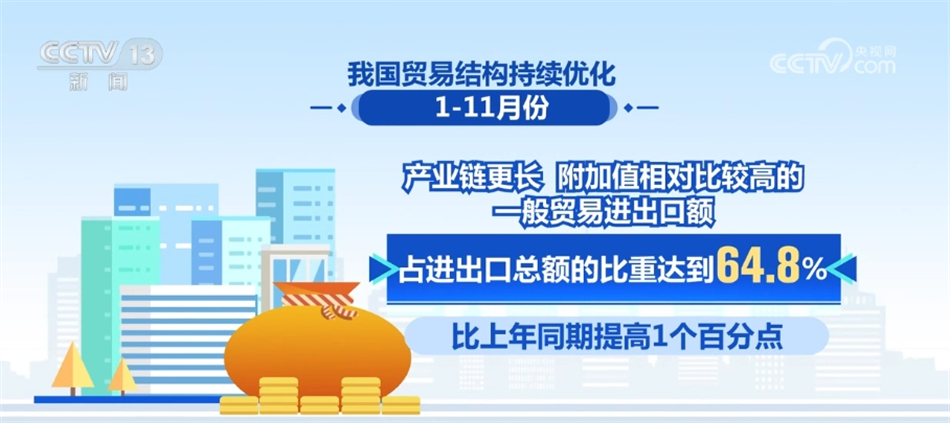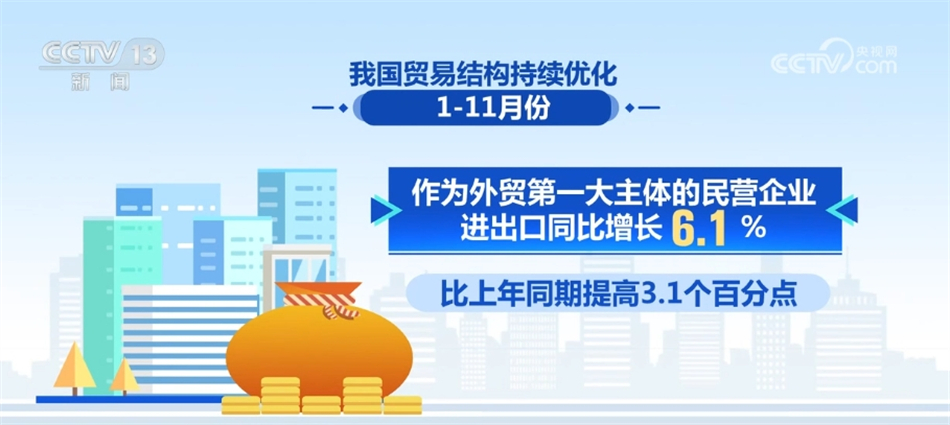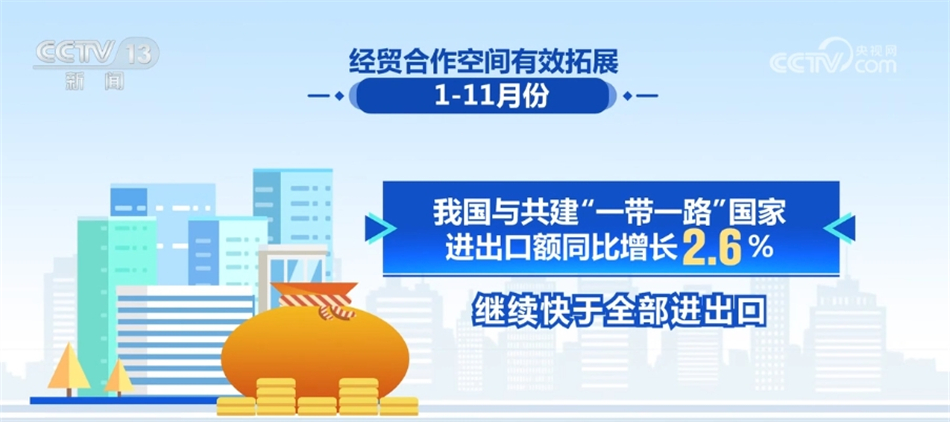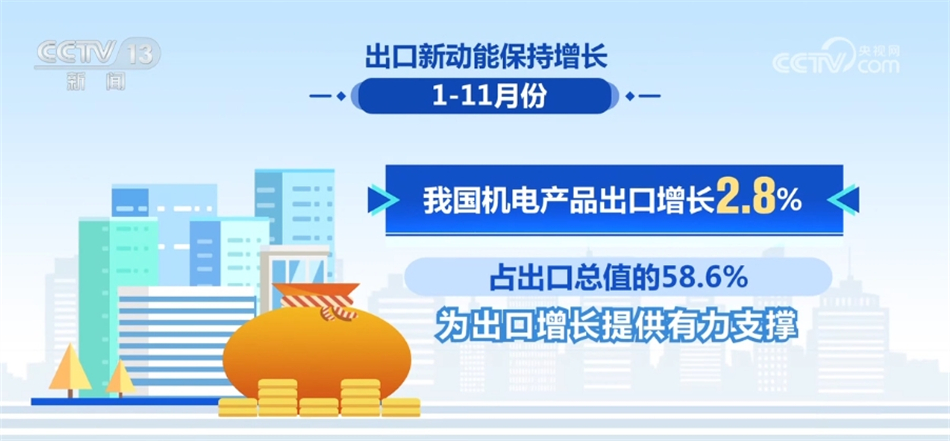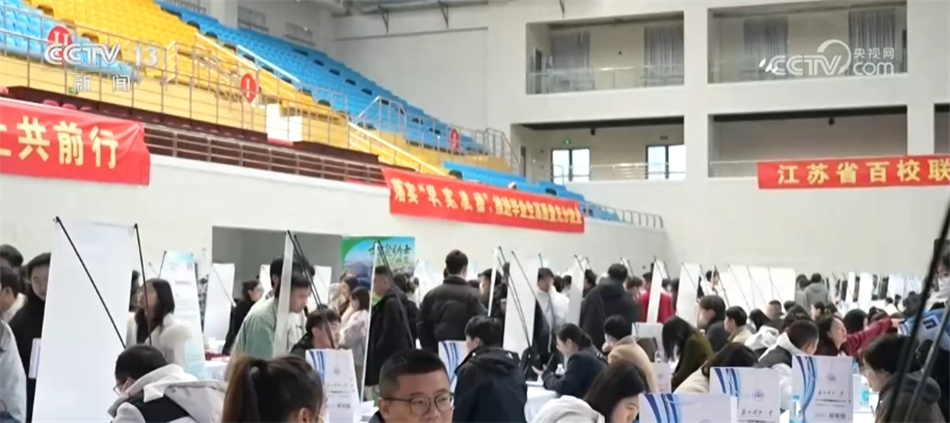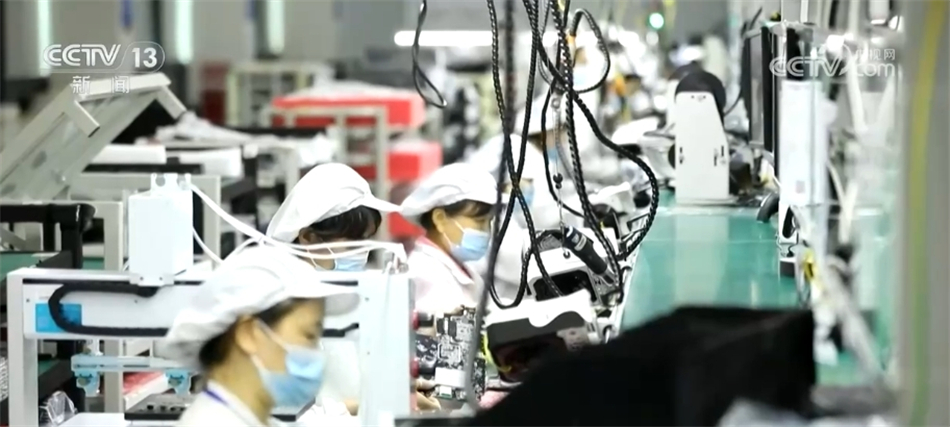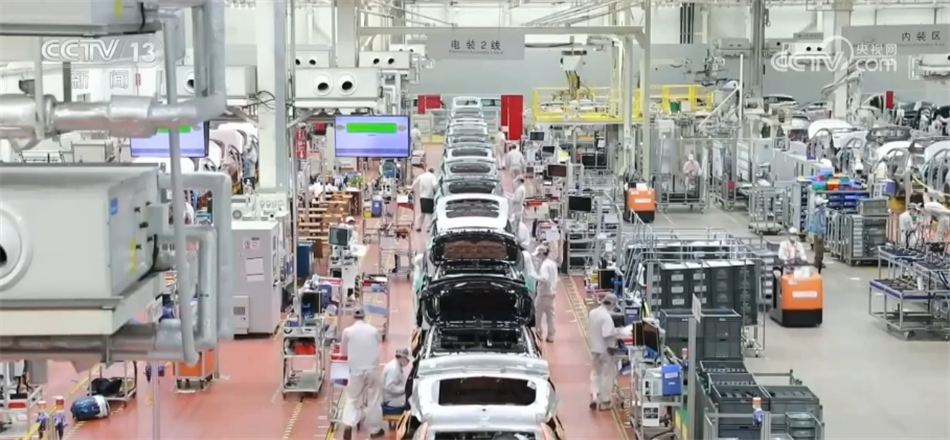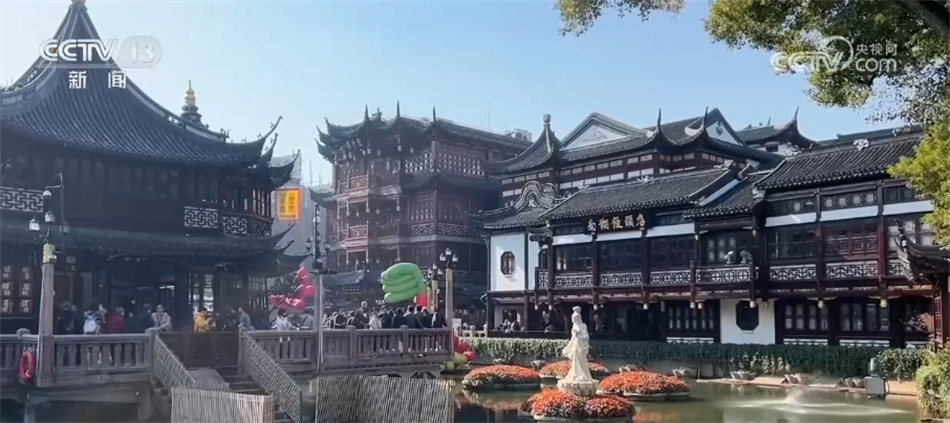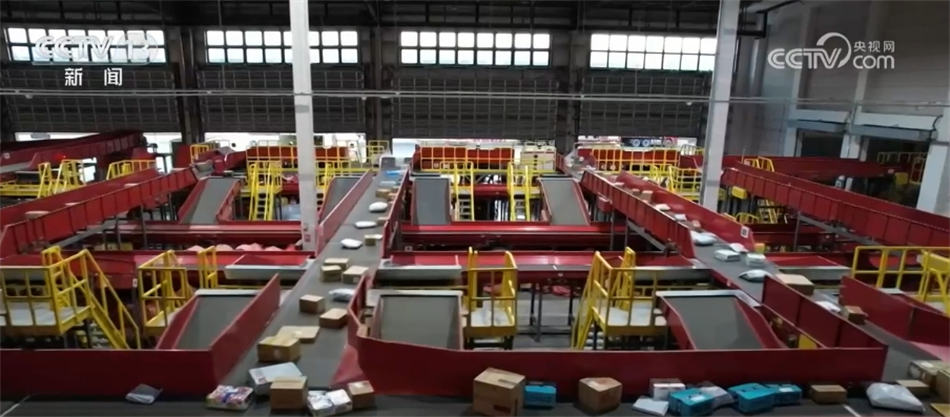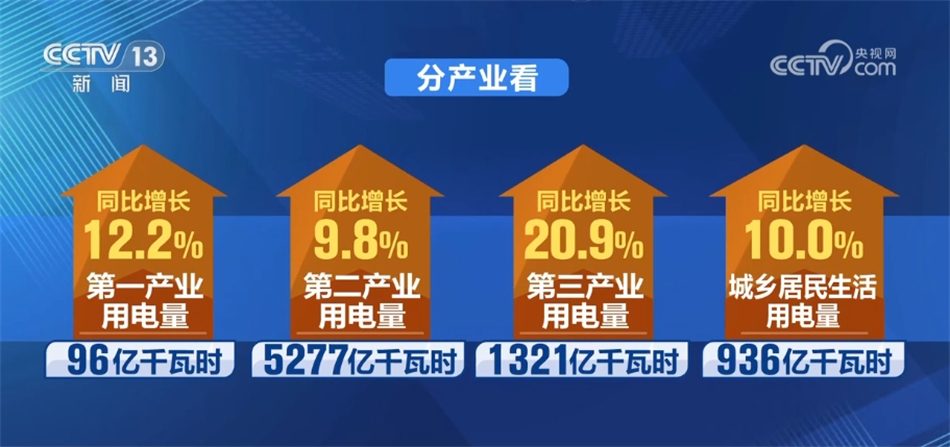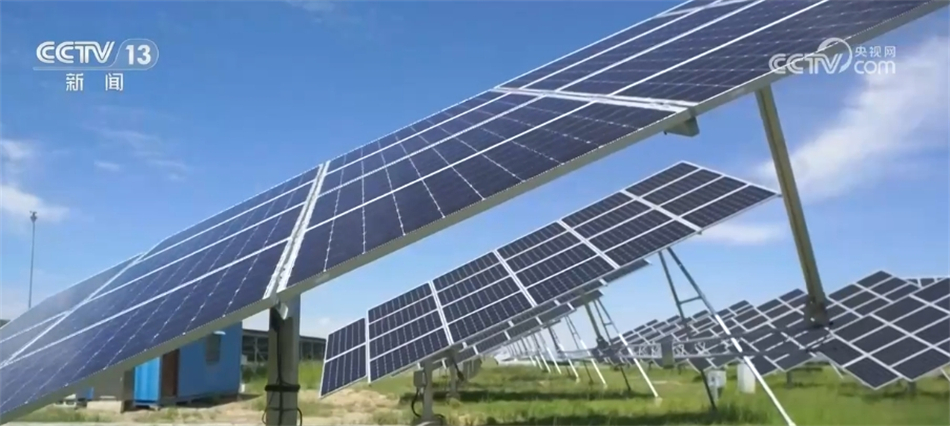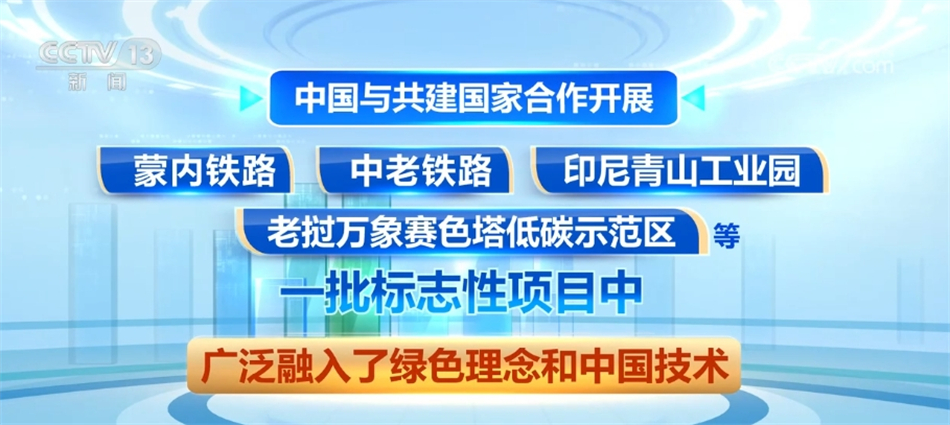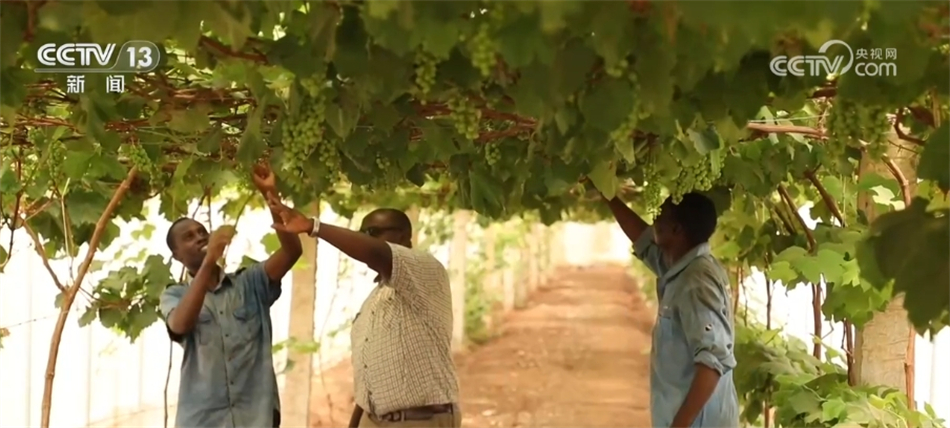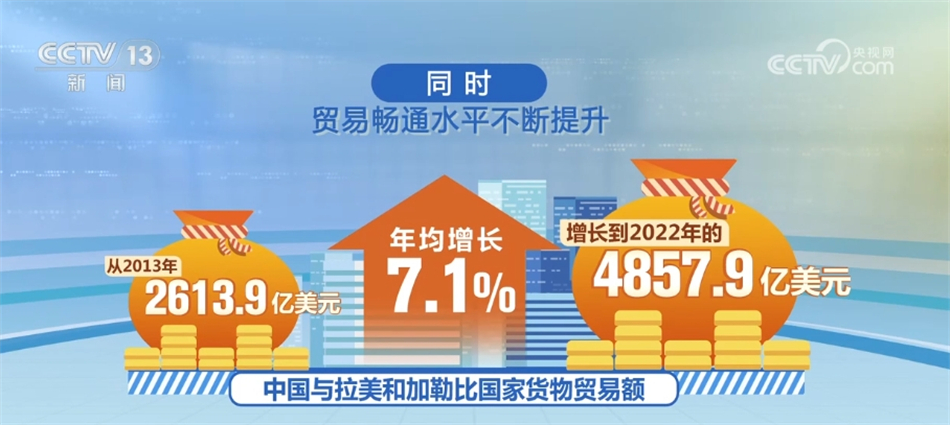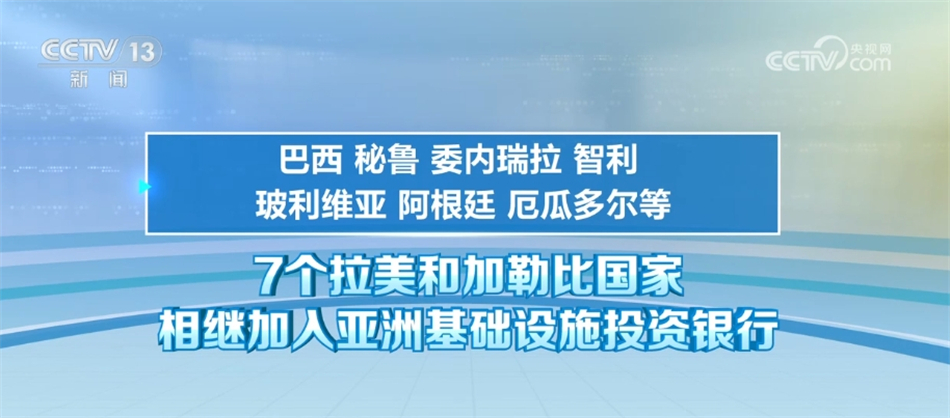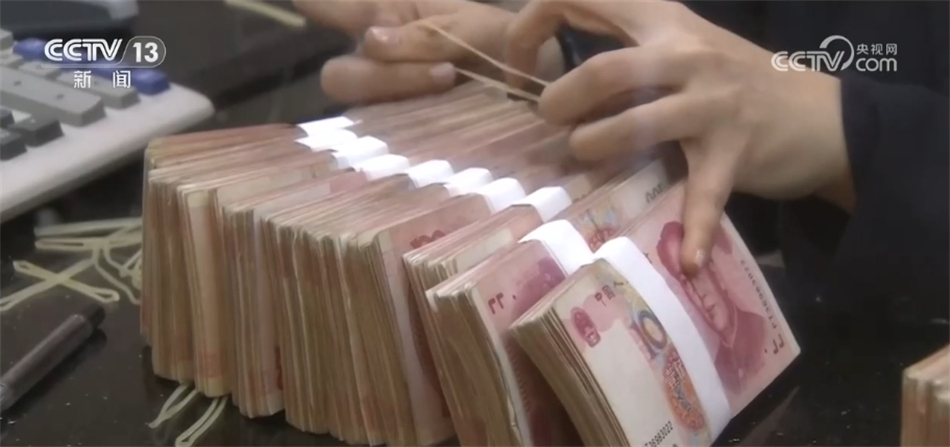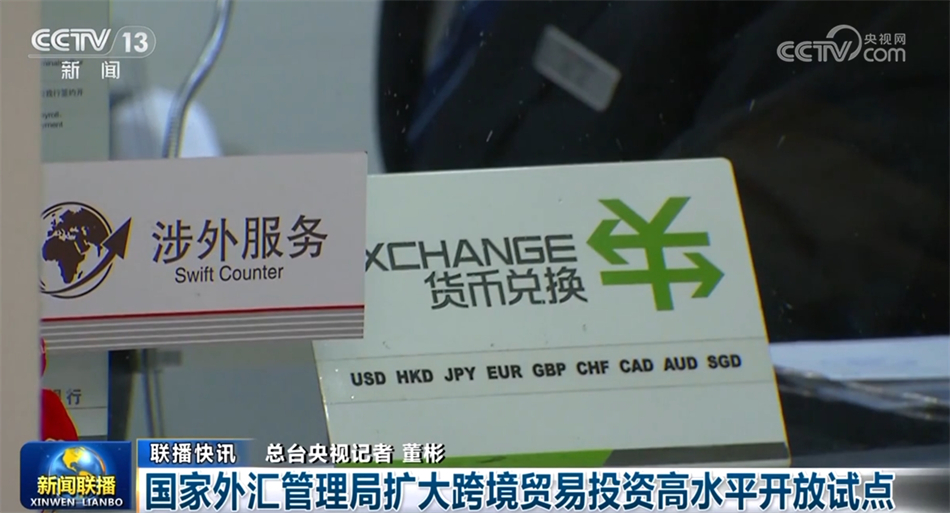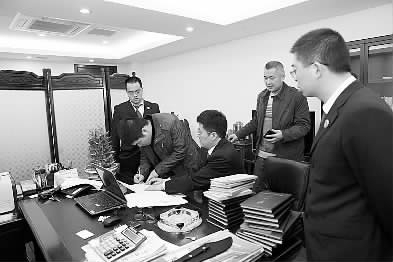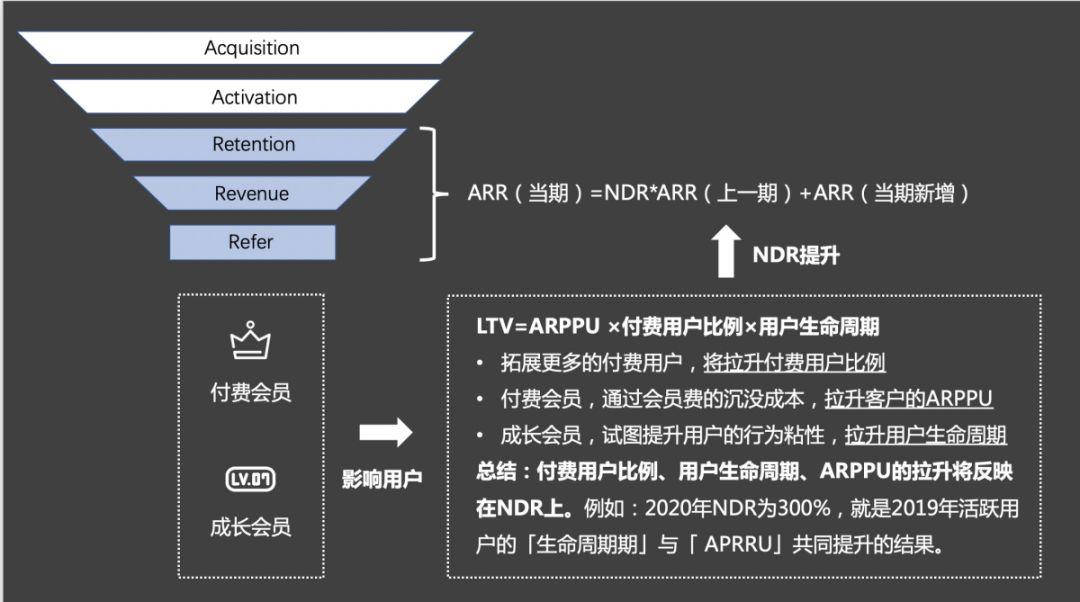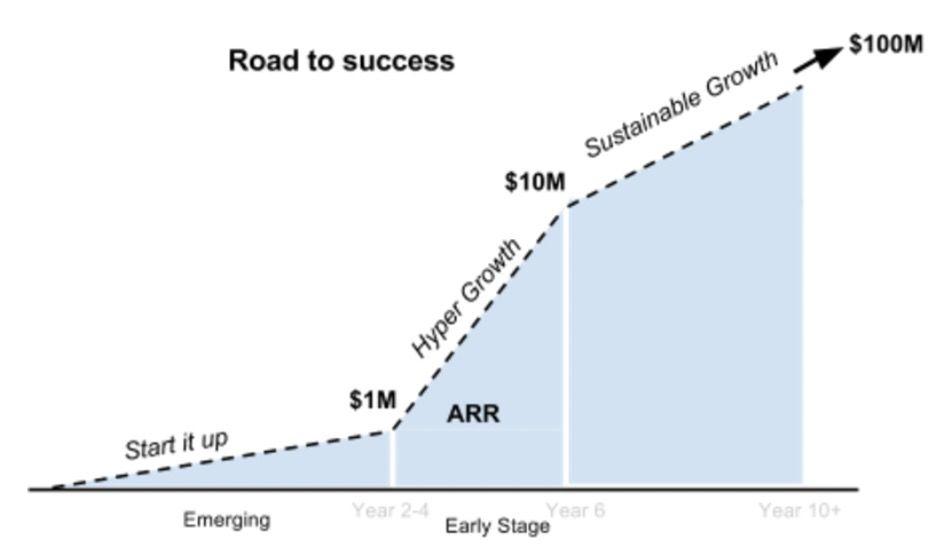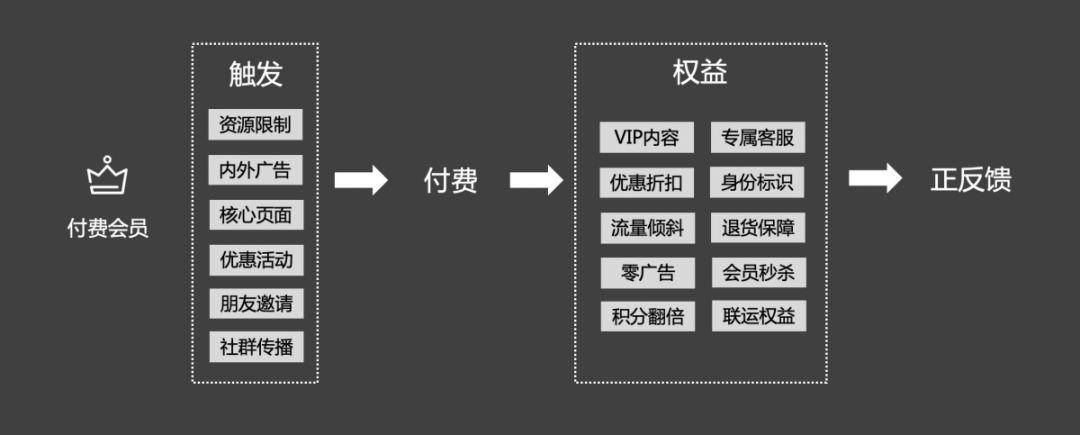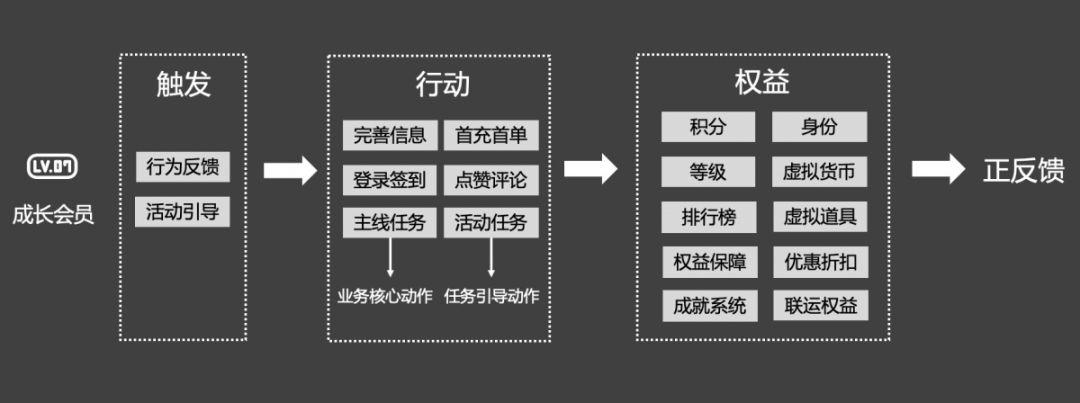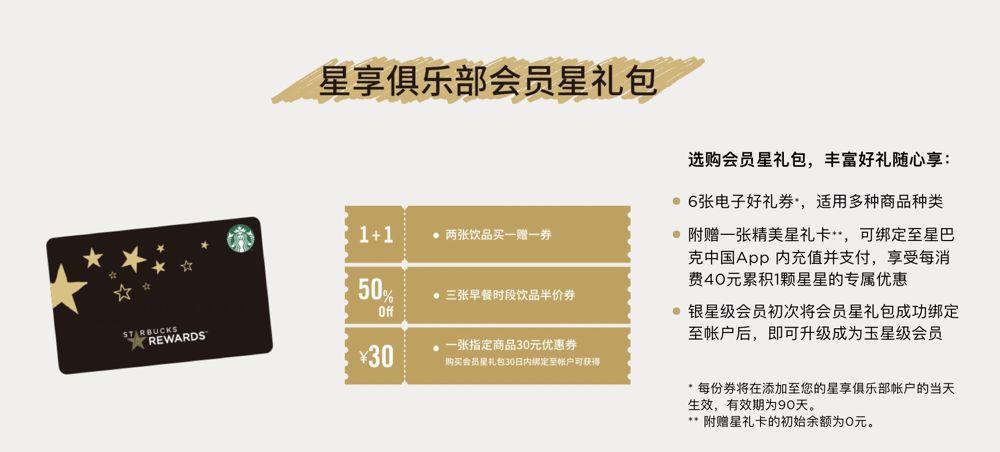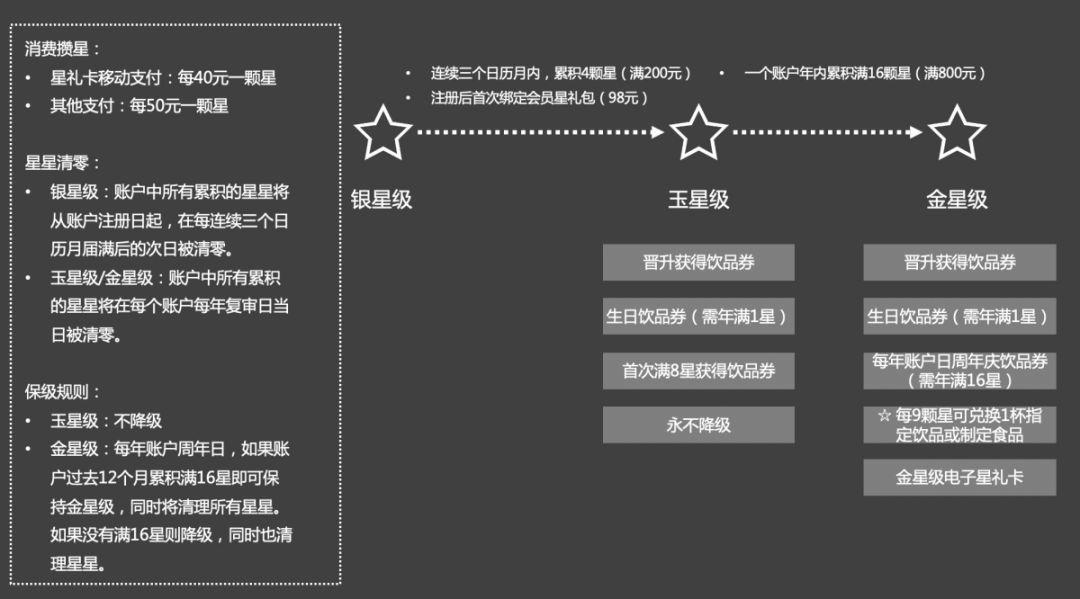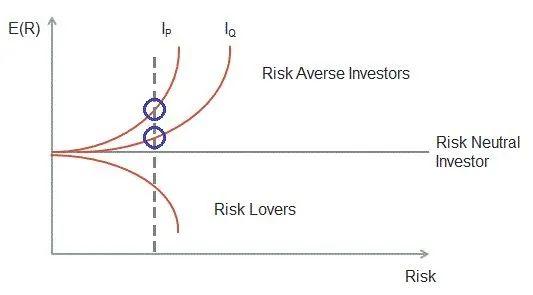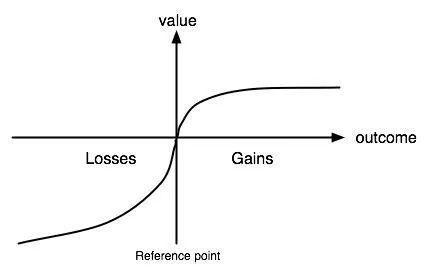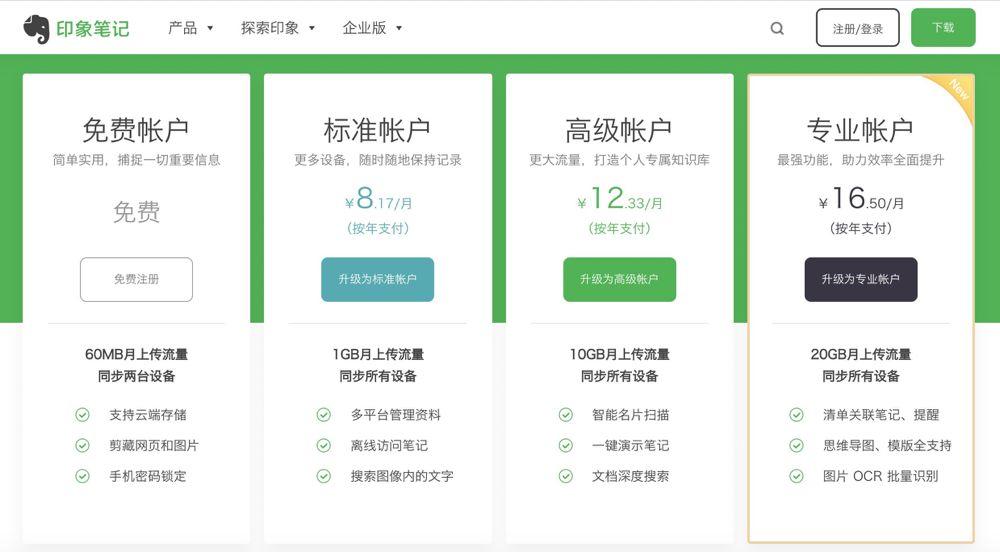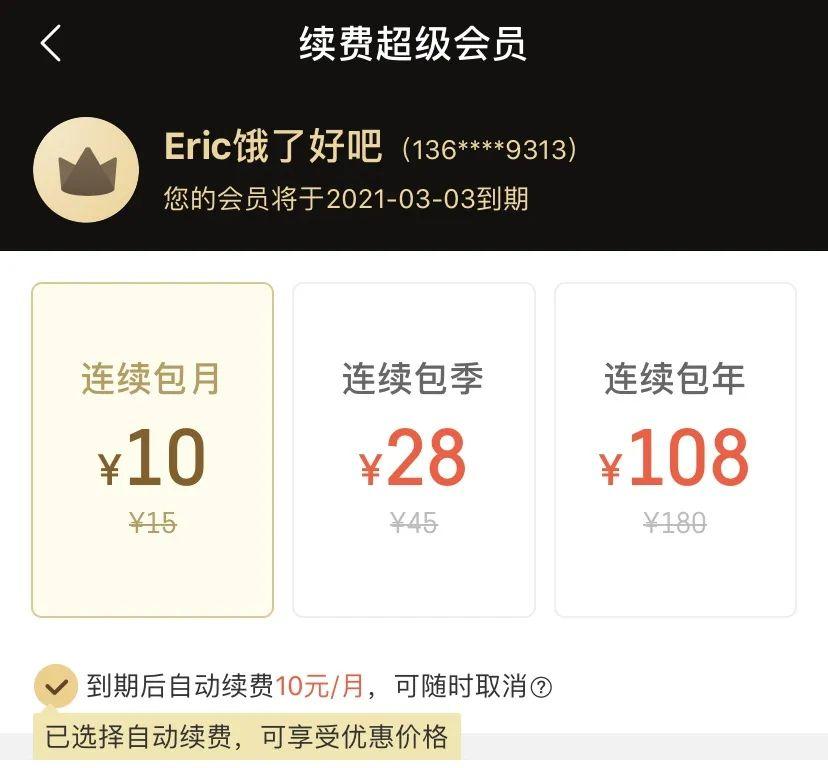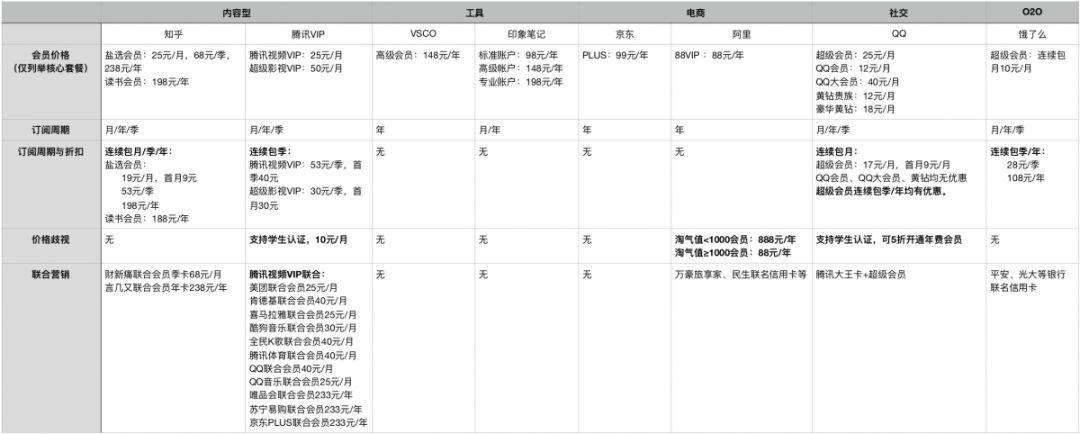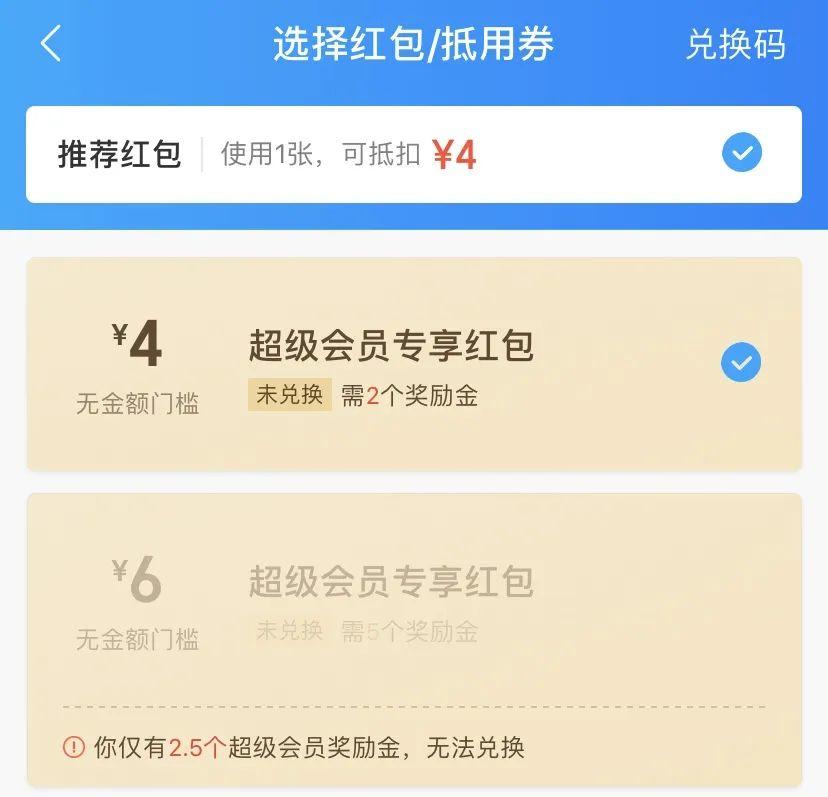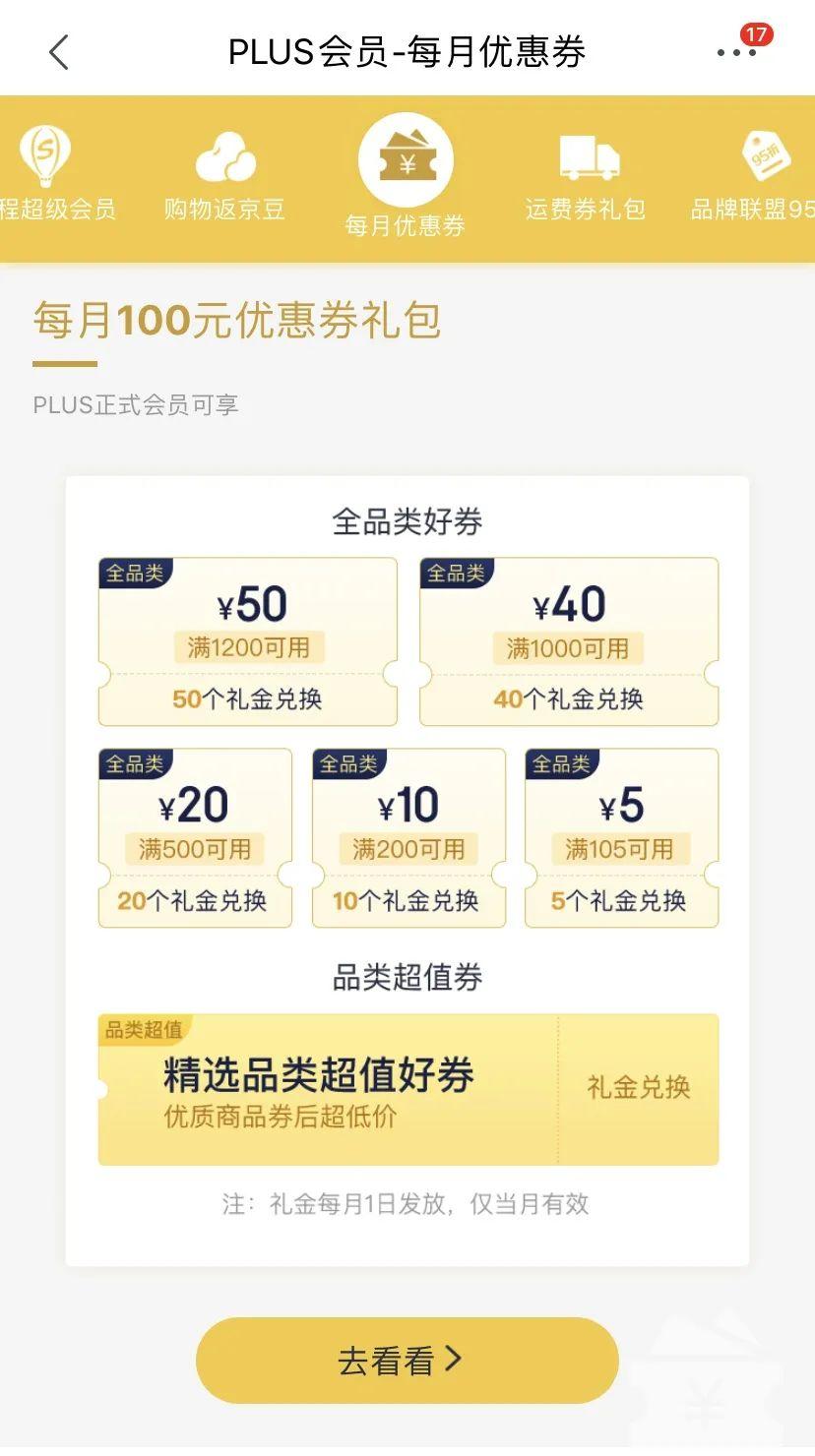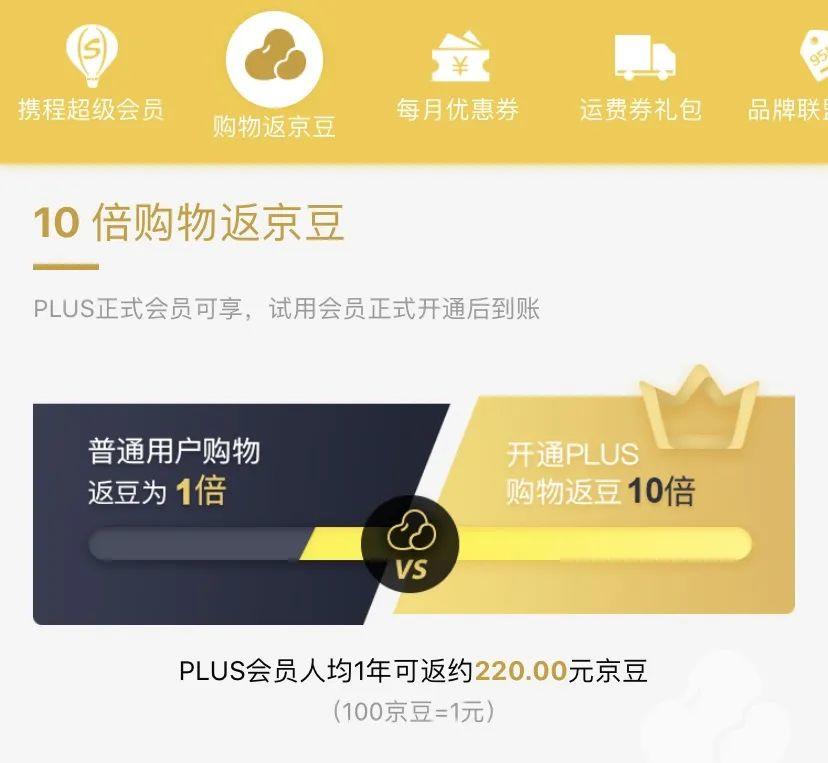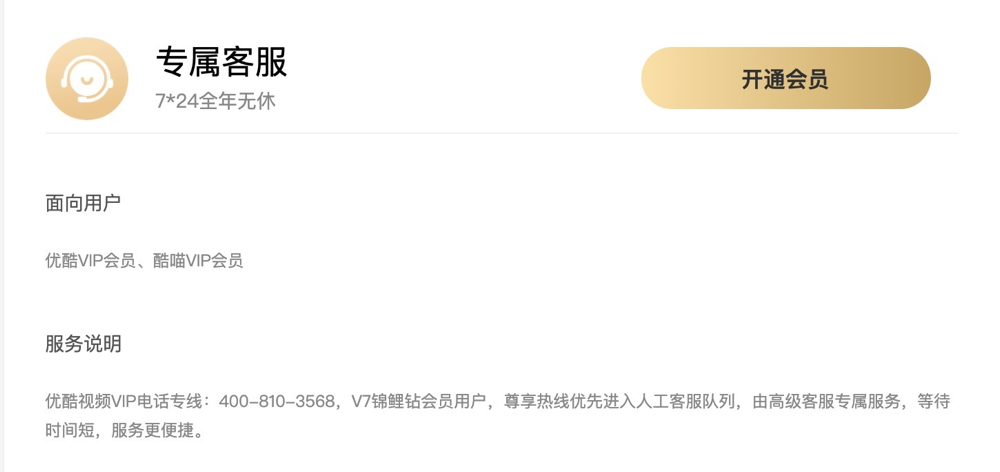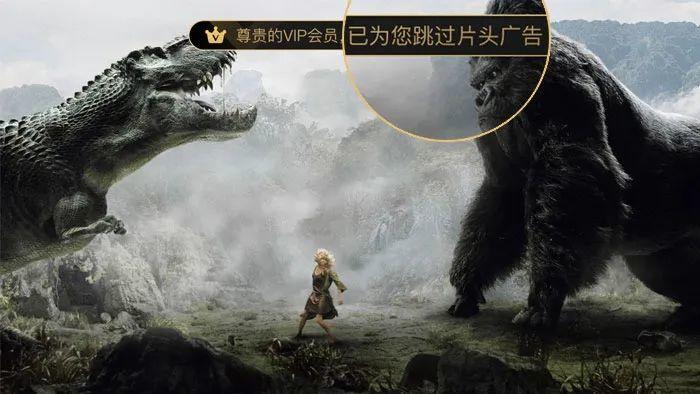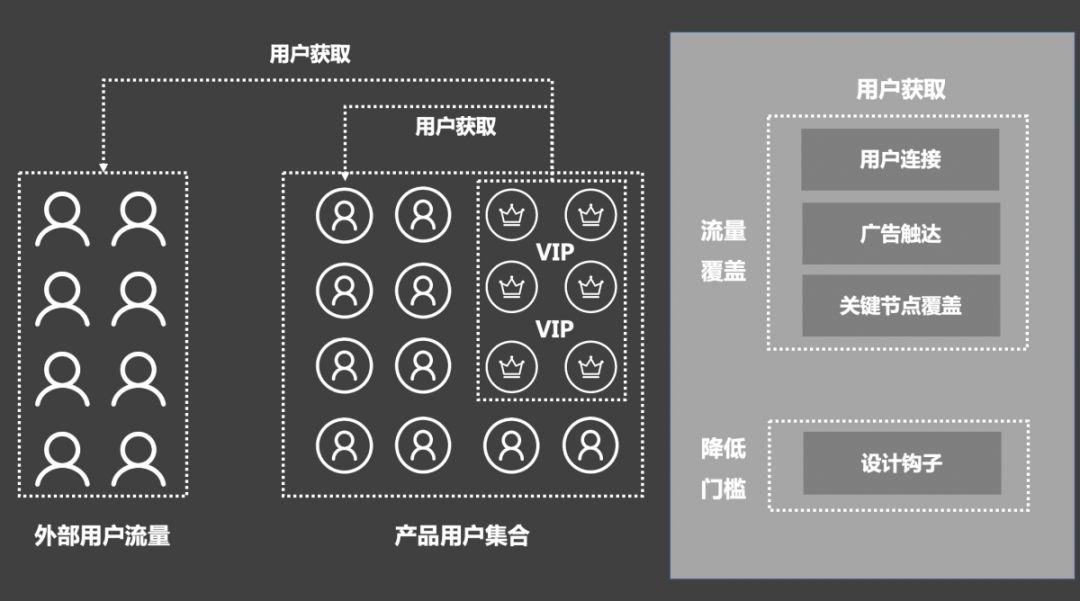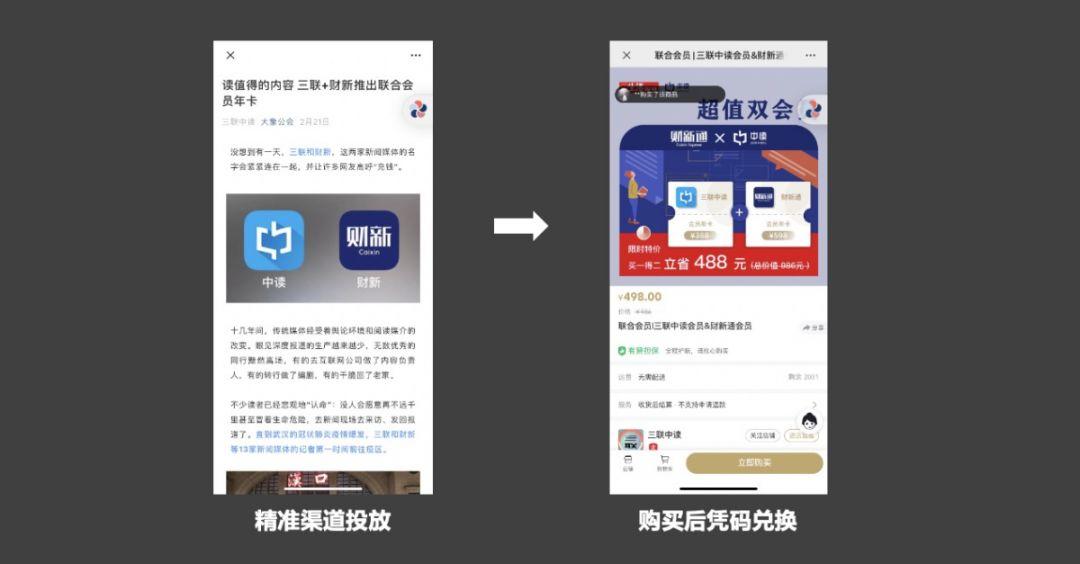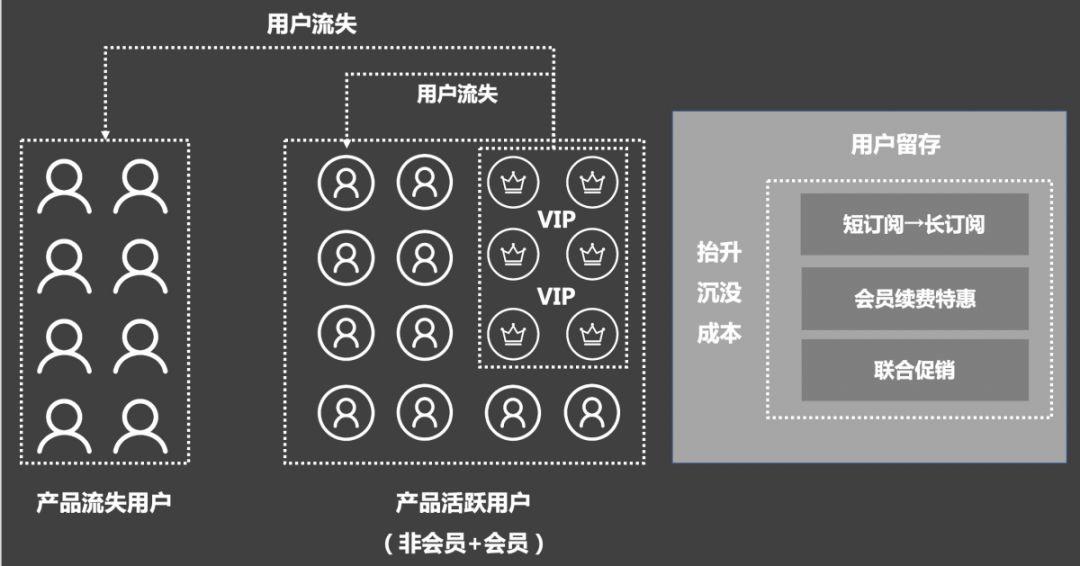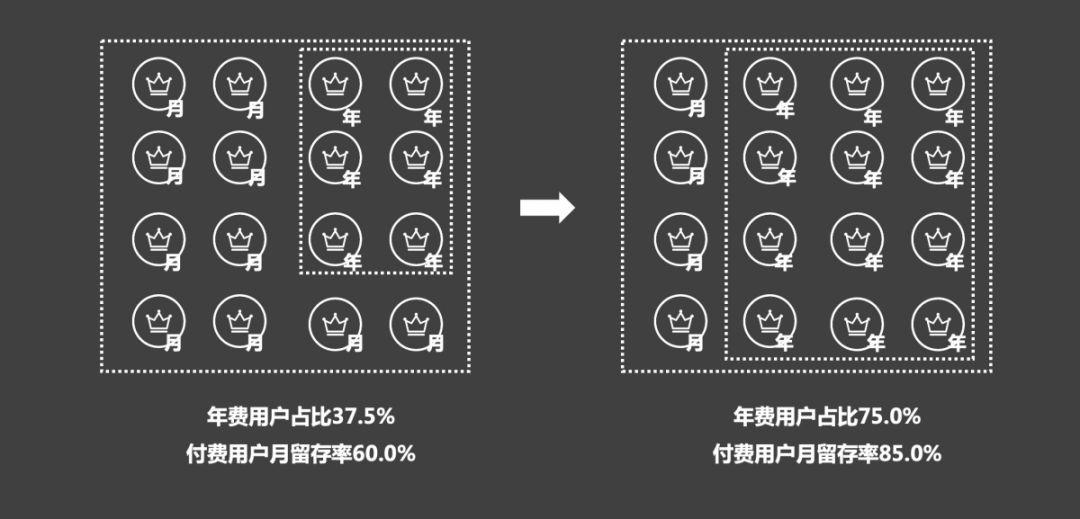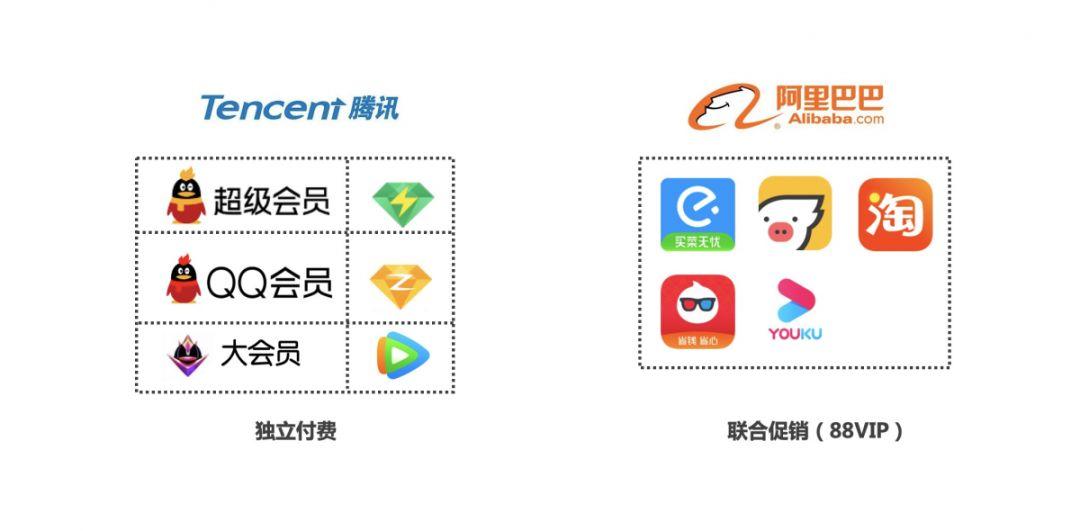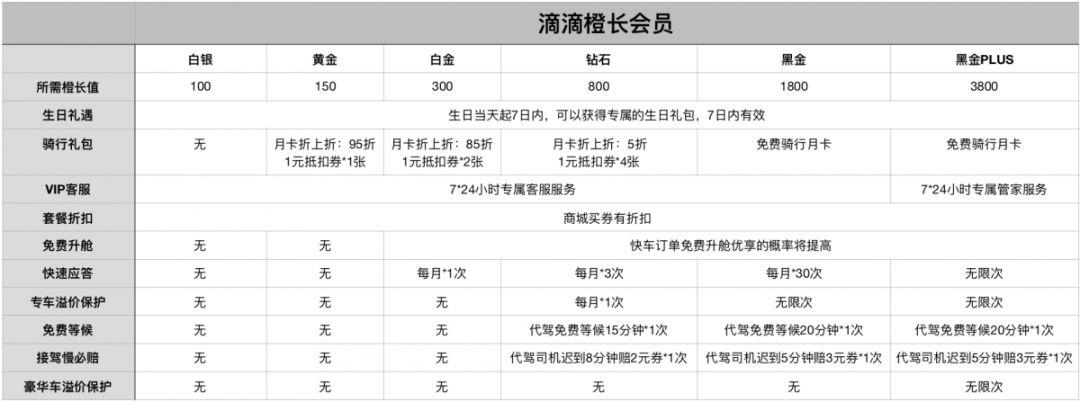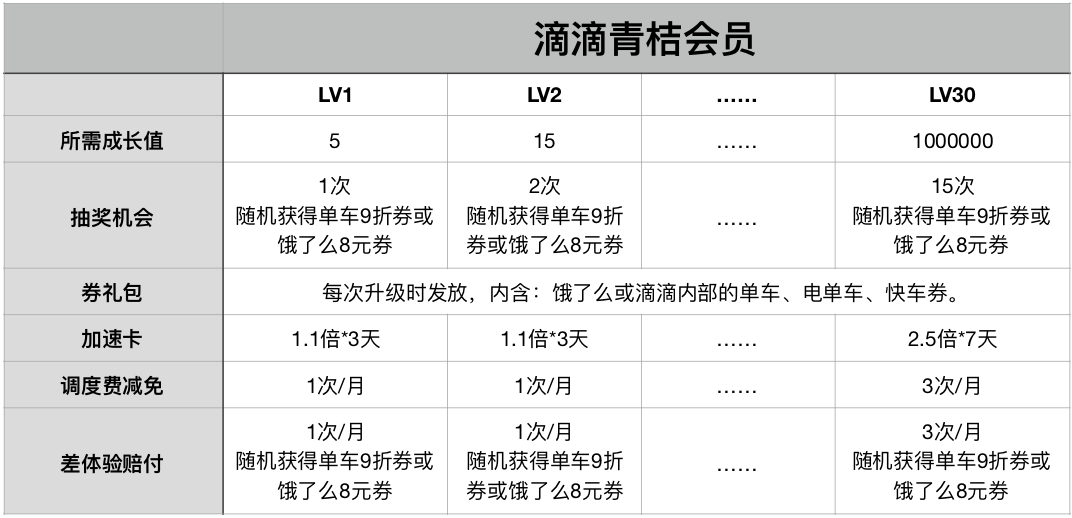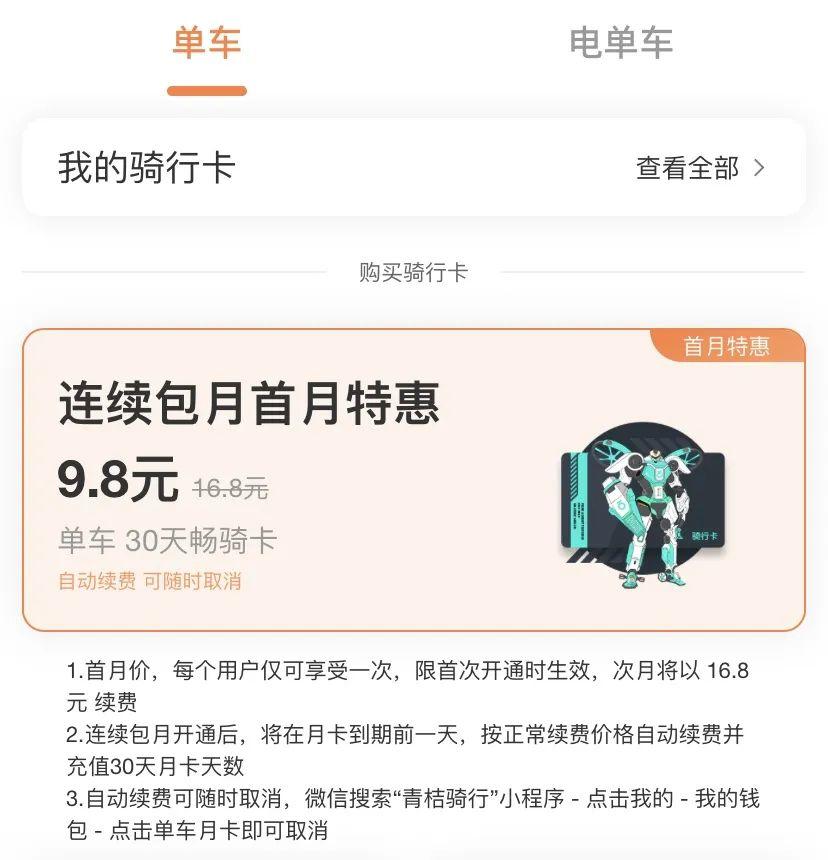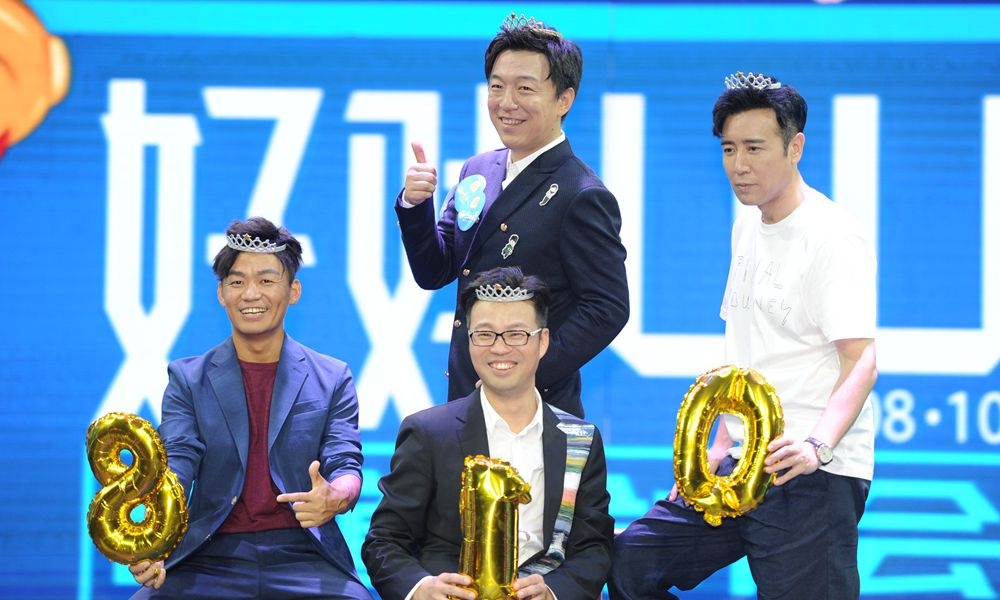1. Paleolithic Age in China (about 3 million years ago-about 10,000 years ago)
1. Introduction to Paleolithic Age
Paleolithic period, the stage of human material and cultural development marked by the use of forged stone tools (see stone tools). The geological age belongs to the late Pliocene to the Pleistocene, starting about 3 million years ago and continuing until about 10 thousand years ago.

"Paleolithic Age" is a concept of time zone put forward by archaeologists. The so-called Stone Age does not mean that people at that time only used stone tools.
2. Paleolithic characteristics
People in this period of Paleolithic mainly hunted, fished and collected by making simple tools. Take Beijingers found in Zhoukoudian, Beijing, China as an example. According to research, they used stone tools and wooden sticks to hunt wild animals and knew how to collect fruits to satisfy their hunger.
They mainly lived in caves, but in archaeology, a large number of traces such as charcoal, ashes and burnt bones were found in their caves, indicating that people at that time had mastered the technology of using fire and would cut down trees as fuel.
The main characteristics of paleolithic human beings are that the stone tools are mainly made of stone tools, including stone axes, chopping devices, scrapers, pointy devices and so on; Bone horn is very developed, and new tools such as bone fork, bone needle, bone fish dart and spear throwing device have appeared. Have learned to make, have begun to learn to sew, make decorations, paintings and sculptures; There has been the earliest burial custom.
3. Development of Paleolithic Age
Generally speaking, in the early Paleolithic period, human beings had learned to use fire, bone tools appeared in the middle period, simple combined tools were made in the late period, and matriarchal clans began to form.
Yuanmou ape-man, Lantian ape-man, Beijinger, Jinniushan man and caveman are basically in this period.
2. Neolithic Age in China (ranging from about 10,000 years ago to about 5,000 years ago to more than 2,000 years ago)
1. Introduction to the Neolithic Age
Neolithic Age is a time period set by archaeologists, which started about 10,000 years ago and ended from 5,000 years ago to 2,000 years ago.
Neolithic Age refers to the last stage of the Stone Age in archaeology, and the stage of human material and cultural development marked by the use of grinded stone tools.
This name was first put forward by British archaeologist lubbock in 1865. This era has entered the Holocene in geological age, and developed after the Paleolithic Age or the transition of the Mesolithic Age, belonging to the late Stone Age.
2. Characteristics of Neolithic Age
(1) the emergence of primitive agriculture;
(2) the manufacture of pottery;
(3) the extensive use of polished stone tools;
(4) The emergence of villages and the formation of clan system.
3. The significance of the Neolithic Age.
The agricultural revolution in the Neolithic Age has far-reaching significance. The emergence of agriculture and animal husbandry has transformed the human economy from a predatory economy based on gathering and hunting in the Paleolithic to a productive economy based on agriculture and animal husbandry.

Humans have changed from food gatherers to food producers. This change in the way of obtaining food has changed the relationship between man and nature. The occurrence of agriculture and animal husbandry marks a leap in human understanding of nature, and marks that human beings have changed from relying on and adapting to nature to using and transforming nature in terms of "the production of food, clothes, housing and tools necessary for this".
All the production activities of agricultural animal husbandry require human beings to know more about and transform nature and use natural resources to serve human economy. On the basis of agricultural production, people began to observe the activities of the sun, moon and stars, the characteristics of water and soil, and climate phenomena, and accumulated experience, thus generating preliminary knowledge of astronomy, geography and mathematics, and pushing human understanding of the objective world to a new height.
Third, China Xia Dynasty (about 2070-1600 BC)
1. Introduction of Xia Dynasty
Xia Dynasty was the first hereditary dynasty recorded in China’s history books. There are a certain number of bronze and jade ritual vessels in the cultural relics of the Xia Dynasty, dating from the late Neolithic Age to the early Bronze Age.
According to historical records, the biography of Yu was located in Ziqi, which changed the abdication system of primitive tribes and initiated the hereditary precedent in China for nearly 4,000 years. Therefore, the "home world" in China’s history began with the establishment of the Xia Dynasty.
2. Characteristics of Xia Dynasty
(1) The Xia Dynasty established armed forces, established official posts and prisons, and formulated criminal laws. The establishment of this whole set of state machinery shows that the Xia Dynasty has already possessed the characteristics of a country;
(2) Economically, Xia Dynasty belonged to the era of gold (copper) and stone, and its initial economic development laid the foundation for the economic prosperity of future generations;
(3) Culturally, some outstanding cultural achievements of the Xia Dynasty, such as the Xia calendar, have a far-reaching impact on future generations.
3. The significance of the establishment and development of Xia Dynasty.
It represents the improvement of productivity and the progress of mankind, and it is the beginning of slave society in China.
The direct cause of the establishment of the Xia Dynasty probably originated from the Yellow River, which was flooded in the era of Three Emperors and Five Emperors. Because the flood affected the production and life of the surrounding people for a long time, Dayu mobilized all ethnic groups in China to carry out water control work for 20 years, which not only united the Chinese ancestors unprecedentedly, but also greatly enhanced his reputation. After the flood was cured, with the improvement of living environment, the first unified kingship was established.
Fourth, China Shang Dynasty (about 1600 BC-about 1046 BC)
1. Introduction of Shang Dynasty
Shang Dynasty, the second dynasty in the history of China, is the first dynasty in China with direct written records of the same period.
Shang Tang, the monarch of Shang Kingdom in Xia Dynasty, led the kingdom to destroy Xia Hou in the battle of Mingtiao, and established Shang Dynasty in Bo (now Shangqiu) with "Shang" as the title. After that, the capital of Shang Dynasty moved frequently, and it was not until its descendant Pan Geng moved to Yin (now Anyang) that the capital was established in Yin for 273 years, so the Shang Dynasty was called Yin or Yin Shang by later generations.
The Shang Dynasty experienced three major stages. The first stage is "first business"; The second stage is "early business"; The third stage is the "Late Shang Dynasty", which has been passed down from generation to generation to 31 kings in the 17th century, lasting for more than 500 years. Di Xin, the last monarch, set himself on fire and died after being defeated by Zhou Wuwang in the battle of Makino.

The excavation of Yin Ruins confirmed the existence of Shang Dynasty in China. The Shang Dynasty was in the heyday of slavery, and the slave owners and nobles were the ruling class, forming a huge bureaucratic ruling institution and army. The records of Oracle Bone Inscriptions and Jinwen are the earliest systematic written symbols in China. During the Shang Dynasty, there were also developed non-Central Plains civilizations in the Yangtze River Basin.
2. Characteristics of Shang Dynasty
Worship ghosts, slavery economy, bronze ware is expensive, and Oracle bones and tortoise shells are the main ones.
Shang Dynasty’s records of astronomical phenomena and the application of the time-keeping method of cadres and branches were reflected in Oracle Bone Inscriptions. Agriculture, animal husbandry and aquaculture in Shang Dynasty developed rapidly, especially handicrafts, and the smelting and manufacturing of bronzes were quite mature, and all kinds of commonly used utensils, ritual vessels and wine vessels were very exquisite.
3. Historical significance of Shang Dynasty.
In Shang Dynasty, the state machinery was constantly strengthened, and great achievements were made in economy and culture. Its activity area and influence far exceeded that of Xia Dynasty, which laid the foundation for the further development of ancient civilization in China and occupied an important position in the history of ancient civilization in the world.
V. China Zhou Dynasty (1046-256 BC)
1. Introduction of Zhou Dynasty
Zhou Dynasty is the third dynasty in China history after Shang Dynasty. The Zhou Dynasty handed down 37 kings in 30 generations and enjoyed the country for a total of 791 years.
Among them, the Eastern Zhou Dynasty, also known as the Spring and Autumn Period and the Warring States Period, was divided into two parts: the Spring and Autumn Period and the Warring States Period, in which Han, Zhao and Wei jointly defeated the ruling Zhishi family and the three families were divided into Jin.
Before the extinction of the Shang Dynasty, the Zhou tribe originated from the Huaxia (Han) nationality. Because of the harassment of nomadic tribes in the northwest such as Rong and Di, the leader of the Zhou tribe, Gu Gongqi, led the Zhou people to move to the plain under Qishan and settle down.
Living in the Weihe River valley, Ji Yi, the ancestor of Ji Yi, was Hou Ji, known as the agricultural god. Shuowen said, "The Yellow Emperor lived in Ji Shui, taking Ji as his surname, and Zhou people inherited his surname." The language was ancient Chinese, and the characters still used ancient Chinese characters. In folk records, tortoise bones and ox bones were still the main ones, while the royal family mainly used new brocade and silks. The Zhou Dynasty established the enfeoffment system (the state was founded), and the king of Zhou was the "co-owner of the world".
2. Characteristics of the Zhou Dynasty
The land was owned by feudal princes, and the so-called "all over the world, is it not the land of kings?" Herod the royal family, sealed the state and founded the country, and made it a prosperous week. At the same time, a set of patriarchal clan system was established to coordinate and maintain the development of feudal system. Consolidate the rule of the Zhou Dynasty.
3. Historical significance of Zhou Dynasty.
Zhou Dynasty’s culture of Zhou Dynasty was called pre-culture of Zhou Dynasty before King Wu took the place of Shang Dynasty. Then, after King Wu took the place of Shang Dynasty, Zhou people absorbed the culture of Shang Dynasty and other nationalities, and formed a unique culture of Zhou Dynasty in Chinese history, which was fully reflected in the political ethics of Western Zhou society. Zhou Culture was the cornerstone of Chinese national culture and the source of China traditional culture.
After the inheritance and innovation of hundred schools of thought in the Spring and Autumn Period and the Warring States Period and the development of Confucian Classics in Han, Tang, Song and Ming Dynasties, Zhou Wenhua finally formed the unique spiritual temperament and mentality structure of the Chinese nation and became a cultural system with long-term vitality.

All kinds of laws and regulations, rites and music systems and ideological and moral norms contained in Zhou Culture became the ideological and political basis of China’s feudal rule for thousands of years and the source of Confucianism, which influenced the history of Chinese civilization for nearly 3,000 years after Zhou Dynasty.
In the ancient history of China, the rule of the Zhou Dynasty was very distinctive, and there were four main systems: feudalism, patriarchal clan system, well field system and ritual system, which had great influence on the future society.
Six, China Qin Dynasty (221-207)
1. Introduction to Qin Dynasty
The Qin Dynasty was the first unified dynasty in China’s history, which was developed by the State of Qin during the Warring States Period. Dafei, the ancestor of the Qin people, was a descendant of Zhuan Xu, the grandson of the Yellow Emperor, and was given a surname of winning.
Qin Wangzheng destroyed Korea, Zhao, Wei, Chu, Yan and Qi successively, thus completing the great cause of reunification. In the first 221 years, the king of Qin proclaimed himself emperor, which was called "Qin Shihuang" in history.
The Qin dynasty set up three officials and nine ministers in the central government to manage state affairs; Abolish the enfeoffment system locally and replace it with the county system; The implementation of books with the same language, cars with the same track, unified measurement. Attacking Xiongnu in the north, conquering hundreds of places in the south, building the Great Wall to repel foreign enemies, and digging Lingqu to connect the water system.
The establishment of centralization of authority laid the basic pattern of China’s political system for more than 2,000 years, and laid the foundation for the rule of China’s unified dynasty, so it was called "all generations practiced Qin politics and law".
The Qin Dynasty ended the 500-year-old separatist regime of princes since the Spring and Autumn Period and the Warring States Period, and became the first centralized state with multi-ethnic integration in the history of China. Which had a far-reaching influence on the history of China.
In the first 210 years, Qin Shihuang died of illness in a sand dune during his cruise (now northwest of Guangzong County, Hebei Province). His son Hu Hai acceded to the throne as Qin Ershi. Although the Qin dynasty had a great influence in history, it abused the people’s power and was unified only for more than ten years.
In the first 209 years, Chen Sheng and Wu Guang cut the wood for the soldiers, rose up, and the world responded. Liu Bang and Xiang Yu rose up against the Qin Dynasty. Before 207, Qin died.
2. Characteristics of the Qin Dynasty
Qin and Han dynasties were the "great unification" period that ended the melee situation in the Spring and Autumn Period and the Warring States Period. The stage feature of this period is the historical period of the formation and initial development of feudal society, and it is also the period when social politics changed from chaos to governance, and social economy changed from stagnation to initial recovery and development.
Politically, the political power is generally stable, but there are unstable factors. The political system is autocratic centralization of authority.
Economically: After the unification of the Qin Dynasty, it ended the situation of scuffle between the warring states and resumed production to a certain extent.
Ethnic relations: the relationship between Qin and Han dynasties and ethnic minorities was peace and war, peace was more than war, and ethnic relations were harmonious and friendly on the whole.
Culture: Due to national unity and production development, political and economic ties among ethnic groups have been strengthened, and science, technology and culture have also developed rapidly.
3. The historical significance of the Qin Dynasty
Qin Dynasty is the first unified centralized country in Chinese history, with Xianyang as its capital. The unification of the Qin Dynasty ended the long-standing situation in which the vassal regime dominated, which was conducive to the stability of people’s lives and the development of social production, and was in line with the common aspirations of the people of all ethnic groups at that time.

The territory of the Qin Dynasty, stretching to the sea in the east, west to Longxi, north to the Great Wall and south to the South China Sea, greatly exceeded that of the previous generation.
The Qin Dynasty was the first unified multi-ethnic county system country in the history of China.
Seven, China Han Dynasty (206 -8 years, 25 -220 years).
1. Introduction to Han Dynasty
The Han Dynasty is a unified dynasty after the Qin Dynasty, mainly divided into the Western Han Dynasty and the Eastern Han Dynasty, which lasted for 29 emperors and enjoyed the country for 405 years.
The Han Dynasty and the Peace Treaty were ranked as the advanced civilization and powerful empire in the world at that time. During the Han Dynasty, the scope of the Han Dynasty was established. At its peak, it was annexed to Korea in the east, Vietnam in the south, Qingling in the west and Gobi in the north, with a land area of about 6.09 million square kilometers. In AD 2, the population of the Western Han Dynasty reached more than 60 million, accounting for one third of the world at that time.
The Huaxia nationality has been called the Han nationality since the Han Dynasty, and the Han Dynasty also made great achievements in the field of science and technology. For example, Cai Lun improved papermaking and became one of the four great inventions in China, and Zhang Heng invented the seismograph and the armillary sphere.
2. Characteristics of the Han Dynasty
Han inherited the Qin system, and at the same time carried out the feudal system, which included the kingdom and the Hou state. These two parallel systems were also called "county state system". This practice laid a hidden danger to the central rule of the Western Han Dynasty. After quelling the rebellion of the kingdom and promoting the decree of mercy, the kingdom no longer poses a threat to the central government.
3. The historical significance of the Han Dynasty
The Han Dynasty was the second imperial dynasty with a county system in the history of China. Because the history of the first imperial dynasty, the Qin Dynasty, was too short to leave much experience for the Han Dynasty to learn from, so many ruling methods of the Han Dynasty need to be explored by themselves.
We can see that the Han Dynasty actually did quite well, although there were twists and turns, but after all, it operated for 400 years, leaving a rich legacy to the later dynasties.
With his pioneering spirit, brilliant martial arts, prosperous culture and technology, the Han Dynasty marked the youthful spirit and vitality of China’s unified dynasty, and his influence touched almost every level of the Han nationality, so that today, 2000 years later, we can still feel that we are still connected with him by blood, and we can still gain confidence and courage from the Han history.
Eight, Three Kingdoms, Jin and Southern and Northern Dynasties (220 -581)
1. Brief introduction of the Three Kingdoms, Jin, Southern and Northern Dynasties
The Three Kingdoms, Wei, Jin, Southern and Northern Dynasties were the most frequent periods of regime change in China’s history, which were mainly divided into Wei Dynasty (Cao Wei), Western Jin Dynasty, Eastern Jin Dynasty and Southern and Northern Dynasties. Due to the long-term feudal separatist regime and continuous wars, the development of China culture in this period was particularly affected. Its outstanding performance is the rise of metaphysics, the import of Buddhism, the prosperity of Taoism and the introduction of Persian and Greek cultures.
During the 360-odd years from Wei Dynasty to Sui Dynasty, and during the alternation of more than 30 dynasties, the development of Confucianism and the image and historical position of Confucius in this period became complicated as a result of the interaction and infiltration of many new cultural factors mentioned above.
2. Characteristics of the Three Kingdoms, the Jin Dynasty and the Southern and Northern Dynasties
(1) The feudal state was divided and the regime alternated frequently.
(2) The south is relatively stable and the economy of the south is developing.

(3) There are frequent wars in the north, and ethnic integration has been strengthened.
(4) The formation, development and decline of the gentry system.
(5) With the development of science and technology, Buddhism prevails.
3. The historical significance of the Three Kingdoms, the Jin Dynasty and the Southern and Northern Dynasties.
This stage of the Three Kingdoms, the Jin Dynasty and the Southern and Northern Dynasties is a period of national division and national integration in China’s feudal society.
It is between the Qin and Han Dynasties and the Sui and Tang Dynasties. It is not only the product of the aggregation and intensification of social contradictions in the Qin and Han Dynasties, but also the origin of the unification and prosperity of the Sui and Tang Dynasties. It serves as a link between the preceding and the following and occupies a special position and role in China’s feudal society.
Investigating the history of this period is of great benefit to our understanding of the relationship between division and unity in feudal society.
Nine, China Sui and Tang Dynasties (581 -907)
1. Introduction to Sui and Tang Dynasties
The Sui and Tang Dynasties, as the collective name of the Sui Dynasty (581-618) and the Tang Dynasty (618-907), were also the most prosperous periods in the history of China. It is two unified dynasties after two long periods: the Five Chaos and the Northern and Southern Dynasties.
More open in national thought. The two dynasties achieved unprecedented development in politics, military affairs, culture, economy and science and technology. The emperors in Sui and Tang Dynasties were more open-minded in governing the country, which also influenced neighboring countries to pay tribute and learn from China.
At its peak, the Sui Dynasty reached Liaoning in the northeast, Taklimakan Desert in Xinjiang in the west, the East China Sea in the east and northern Vietnam in the south. In the heyday of the Tang Dynasty, it reached the northern and outer Xing ‘an Mountains of Lake Baikal in the north, the Aral Sea in Central Asia in the west, Sakhalin Island in the east and northern Vietnam in the south.
2. Characteristics of Sui and Tang Dynasties
(1) Politics
A, the system innovation and the system of Tang-Cheng-Sui, such as the formation and development of the system of three provinces and six departments, the establishment and improvement of the imperial examination system, the evolution from the government military system to the recruitment system, the modulation of rent and commission and the implementation of the two tax laws.
B, from division to reunification.
C. Implement strong centralization.
(2) Economy
In the early stage, the rulers carried out the policy of paying taxes lightly and persuading farmers to teach mulberry. The transportation was developed, the domestic ethnic groups had close contacts, and the domestic and foreign exchanges were needed, and the economy was unprecedentedly prosperous.
(3) Social life
Great changes have taken place in social life, and an inclusive, colorful and open social atmosphere has emerged.
(4) Culture
Eclectic, multi-ethnic, extensive and profound, all-round prosperity, leading the world.

(5) Foreign communication
The transportation is developed, and the land and maritime Silk Road are relatively smooth. The government has adopted a relatively open foreign policy, and foreign exchanges have become more frequent than ever before.
(6) Ethnic relations
The rulers, especially those in the early Tang Dynasty, pursued a relatively open ethnic policy, and the contacts between the Han nationality and the frontier ethnic groups were unprecedented. The frontier ethnic groups developed greatly, and their relations with the central government were closer, and the unified multi-ethnic country was further developed and consolidated.
The outstanding characteristics of Sui and Tang Dynasties are: this is an era of great change and openness; The development of politics, economy and culture in Sui and Tang Dynasties influenced many countries in Asia, especially in East Asia, and formed China cultural circle.
3. Historical significance of Sui and Tang Dynasties.
Sui and Tang Dynasties made dazzling achievements in developing economy, culture, strengthening ethnic relations and strengthening international exchanges, which made China’s history reach its second peak. The history of the late Sui and Tang Dynasties opened a clue for the great changes in China feudal society. Sui and Tang Dynasties were indeed an extraordinary era.
Ten, Five Dynasties and Ten Kingdoms Period (907 -979)
1. Introduction of Five Dynasties and Ten Countries
The Five Dynasties and Ten Kingdoms is a period of great division in the history of China. This title comes from the New History of the Five Dynasties, which is a combination of the Five Dynasties (907-960) and the Ten Kingdoms (902-979).
The Five Dynasties refer to the five dynasties whose capitals were in the Central Plains after the collapse of the Tang Dynasty in 907, namely, Houliang, Houtang, Houjin, Houhan and Houzhou. In 907 AD, after the collapse of the Tang Dynasty, Zhu Wen established a back beam in the Central Plains, with Kaifeng Prefecture in Tokyo as its capital (now Kaifeng, Henan Province), and the Five Dynasties and Ten Kingdoms began. In 960, Zhao Kuangyin launched a mutiny in Chen Qiao in the latter Zhou Dynasty, and the Northern Song Dynasty was established after the usurpation of the latter Zhou Dynasty, and the Five Dynasties ended.
At the end of the Tang Dynasty, the Five Dynasties and the beginning of the Song Dynasty, there were many separatist regimes outside the Central Plains. Among them, more than ten separatist regimes, such as Qianshu, Houshu, Nanwu, Nantang, wuyue, Fujian, Chu, Nanhan, Nanping (Jingnan) and Beihan, were collectively referred to as "Ten Kingdoms" by the New Five Dynasties History and later historians. After the establishment of the Northern Song Dynasty, the remaining regimes of Jingnan, Wuping, Houshu, Nanhan, Nantang, wuyue and Beihan were unified successively, which basically achieved national reunification.
2. Characteristics of the Five Dynasties and Ten Kingdoms
Compared with the Three Kingdoms, the Sixteen Kingdoms in the Eastern Jin Dynasty and the Southern and Northern Dynasties, the ten kingdoms in the Five Dynasties have remarkable characteristics in the form of separatism:
(1) The status of the Central Plains Dynasty in the Five Dynasties.
(2) The differences in political relations between the Ten Kingdoms and the Central Plains Dynasty.
(3) "Protecting the environment and saving the people" is the main theme of the domestic and foreign policy of the southern separatist regime.
These characteristics of the separatist regime have had a great influence on the process of national reunification. First of all, the status of the Central Plains Dynasty determines that the cause of reunification is bound to be completed by the Central Plains Dynasty, just waiting for the opportunity.
Secondly, the differences in political relations between the ten countries and the Central Plains dynasty and the policy of "protecting the environment and benefiting the people" of the southern separatist regime made the various separatist forces in the south form a pattern of checks and balances, and prevented the south from taking the lead in reunification and forming a confrontation situation between the South and the North again, thus accelerating the process of reunification.

3. Historical significance of Five Dynasties and Ten Countries
(1) The Five Dynasties and Ten Kingdoms is the product of the historical decline of the Tang Dynasty. Since the Anshi Rebellion and Huang Chao’s anti-Tang Dynasty, the prosperous Tang Dynasty has entered an irreversible decline, and then history has staged an overlapping process of belligerence and defeat. Therefore, the Five Dynasties and Ten Kingdoms is not a new historical stage, but only a time-space portrayal of the Tang Dynasty’s prosperity and decline, extreme division and inability to return to heaven.
(2) The founders of the Five Dynasties and Ten Kingdoms were all military strategists, who were brave and foolhardy, and relied on the meritorious military service to favor the king. Most of their heirs were men without great talents. The northern dynasties all died in two generations, and the war was endless. In addition, the Qidan plundered, the Central Plains completely disappeared the political, economic and cultural prosperity pattern created in the prosperous Tang Dynasty, and thus lost its consistent cultural core position since the Spring and Autumn Period.
On the other hand, the ten southern countries, far away from the Central Plains, zoned land for prison, maintained a relatively stable situation, and inherited the legacy of the Tang Dynasty, and were fortunate enough to retain the fire of Tang Wenhua, thus starting a new pattern of leading China culture.
(3) In the Five Dynasties and Ten Kingdoms period, the culture of the prosperous Tang Dynasty began to differentiate from the majestic whole in the social and historical context of the kings’ separatist regime, especially in the south, and gradually became mature and meticulous in the hands of literati, with extremely distinctive regional cultural characteristics of Jiangnan water towns.
As a result, the "Tang and Five Dynasties Culture" was formed, which was a cultural transition stage with unique social and historical characteristics and vivid regional characteristics, and thus constituted the forerunner of the Song Dynasty culture and its cultural forms.
(4) The culture of the Tang and Five Dynasties has a prominent "eschatological complex": on the one hand, it gives vent to the satisfaction of eating, drinking, and enjoying in time, on the other hand, it is full of perplexity, pain, sadness, despair and other emotions that are hard to get rid of.
On the one hand, it gave up the mission of social morality and turned back to the internal observation of itself, on the other hand, it showed its resentment against reality and struggle. On the one hand, it turns to folk customs, on the other hand, it pursues spiritual detachment and dust-free.
In a word, these are typical features of "eschatological complex" in China’s classical culture, and they are vividly reflected in the culture of Tang and Five Dynasties.
Xi. China Song Dynasty (960 -1279)
1. Introduction to Song Dynasty
Song Dynasty is a dynasty in the history of China, which inherited five dynasties and ten countries and started the Yuan Dynasty. It was divided into two stages: the Northern Song Dynasty and the Southern Song Dynasty, and it lasted for 18 emperors and enjoyed the country for 319 years. Song Dynasty is an era of high prosperity in commodity economy, culture, education and scientific innovation in the history of China.
Neo-Confucianism emerged in the Song Dynasty, Confucianism was revived, science and technology developed rapidly, politics was enlightened, there was no serious eunuch dictatorship and warlord regime, and the number and scale of mutiny and civil unrest were relatively small in the history of China.
Chen Yinque said: "The culture of the Chinese nation has evolved for thousands of years, and it was the culmination of the Zhao and Song Dynasties." There are not a few scholars in western and Japanese historians who think that Song Dynasty is the Renaissance and economic revolution in China’s history.
The Song Dynasty was founded more than 300 years ago, and it was overturned twice, all due to foreign invasion. It was the only dynasty that did not die in civil strife.
2. Characteristics of the Song Dynasty
(1) Farming and pastoral cultures are gradually merging (farming and nomadic cultures are fighting and negotiating with each other);
(2) Prosperous urban commerce (the traditional market structure has been broken);
(3) Colorful literature and art (the world of literati appeared);

(4) Extremely prosperous traditional science and technology (the model and peak of ancient science and technology in China);
(5) Frequent exchanges between China and foreign countries (in the heyday of Sino-foreign relations, there was an unprecedented situation of opening up and exchanges)
3. The historical significance of the Song Dynasty
The Song Dynasty was a unified feudal dynasty established after the Five Dynasties. Influenced by traditional ideas, people often call it "weak Song". However, Deng Guangming and Qi Xia, famous experts in the history of the Song Dynasty, all believed that the Song Dynasty was the peak of China’s feudal society.
Politically, the imperial system of the Song Dynasty had a great influence on later generations, and its outstanding phenomenon was the elimination of the separatist regime of the buffer region, which further formed a unified multi-ethnic country, the autocratic centralization of authority of the Song Dynasty, which was inherited by the Yuan, Ming and Qing Dynasties.
In agriculture, the population of Song Dynasty exceeded 100 million, twice as much as that of Han and Tang Dynasties, and the agricultural productivity was greatly improved.
The handicraft industry has made great progress, and the commodity economy has developed prominently, among which the relationship between commodity and currency has made remarkable progress and the maritime trade has never been developed before.
In terms of culture and science and technology, the three great inventions were perfected or invented in the Song Dynasty, which had a great influence on the world. Outstanding achievements have been made in literature, history, education and philosophy.
In a word, the Song Dynasty was at an extremely important stage in the overall process of China’s historical development in terms of economy, politics and culture.
XII. China Yuan Dynasty (1271 -1368)
1. Introduction of Yuan Dynasty
The Yuan Dynasty was founded by Mongolians, which was the first unified dynasty established by ethnic minorities in the history of China. The capital of Dadu (present-day Beijing) was handed down to the Fifth Emperor and the Eleventh Emperor, which lasted for 98 years.
2. Characteristics of the Yuan Dynasty.
(1) a unified multi-ethnic feudal country was consolidated and developed.
The Yuan Dynasty unified the whole country with an unprecedented vast territory; The provincial system has been implemented, and the central authorities have exercised jurisdiction over Tibet, Taiwan Province, Yunnan and other border areas.
(2) The feudal economy continued to develop.
Widespread planting of cotton has promoted the development of cotton textile industry; The smooth transportation of water and sea has promoted economic exchanges; Most of the larger cities are prosperous; Quanzhou’s foreign trade is developed.
(3) frequent exchanges between China and foreign countries
Caravans and envoys from Asia, Eastern Europe and Africa came in an endless stream. Italian Kyle Poirot has lived in China for more than ten years; Gunpowder and gunpowder weapons spread to Europe through Arabs; Quanzhou is the largest foreign trade port.
(4) ethnic integration has been further strengthened.
The Han people have contributed to the development of the frontier, and a large number of ethnic groups in the frontier have moved to the mainland to live together with the Han people. The Khitan, Nuzhen and other ethnic groups who originally entered the Central Plains have merged with the Han nationality; A new minority, the Hui nationality, has been formed. However, the policy of ethnic differentiation in Yuan Dynasty played a negative role in social development.
3. Historical significance of Yuan Dynasty.
In the Yuan Dynasty, Shangshu Province and Menxia Province were abolished, while Zhongshu Province, Privy Council and Yushitai were kept in charge of politics, army and supervision, and the provincial system was implemented locally, which was the first of its kind in China.

The Yuan Dynasty also carried out many malpractices, such as various policies, casting system, expelling system, craftsman system, no system of membership, human sacrifice, curfew, sea ban, etc., which interrupted the process of reform in the Tang and Song Dynasties and profoundly reshaped the history of China after the Song Dynasty.
XIII. China Ming Dynasty (1368 -1644)
1. Introduction of Ming Dynasty
The Ming Dynasty was a unified dynasty established by the Han nationality, which passed down to sixteen emperors and enjoyed the country for 276 years.
In the Ming Dynasty, the territory included Han, and in the early Ming Dynasty, the northeast reached the Sea of Japan and the outer Xing ‘an Mountains, and then it was reduced to the Liaohe River Basin. Reach Yinshan in the north and retreat to the Ming Great Wall; West to Hami, Xinjiang, and then retreat to Jiayuguan; It faces the Bay of Bengal in the southwest and then turns back to Yunnan today. He also set up a detention center in the Qinghai-Tibet region and recovered Annan.
In the Ming Dynasty, handicraft industry and commodity economy flourished, commercial market towns and capitalism sprouted, and culture and art showed a trend of secularization. According to Records of the Ming Dynasty, the peak population was 71.85 million, but most scholars thought it actually exceeded 100 million, and some scholars pointed out that the population in the late Ming Dynasty was close to 200 million.
The Ming Dynasty was the golden age after the Han and Tang Dynasties. There are no consorts of the Han dynasty, the buffer region of the Tang dynasty, and the old coins of the Song dynasty. The emperor guards the country and the king dies. Emperor Kangxi of the Qing Dynasty rated Ming Taizu as "Ruling the Tang and Song Dynasties", and The History of Ming Dynasty rated Ming Chengzu as "Yuanmai Han and Tang Dynasties".
2. Characteristics of the Ming Dynasty
The absolute monarchy has been strengthened unprecedentedly; The commodity economy developed unprecedentedly in the middle and late Ming Dynasty. The seeds of capitalism have emerged; Political corruption, high concentration of land, continuous peasant uprising and gradual decline. In the ideological field, anti-feudal thoughts, at the same time, the fields of literature and art are bound to have anti-feudal colors.
3. The historical significance of the Ming Dynasty
(1) from the perspective of worldwide influence.
In the early Ming Dynasty, through Zheng He’s voyages to the Western Seas, countries from Southeast Asia to the Persian Gulf were connected, and China’s influence was enhanced. This should be the last time that China took the initiative to communicate with the West after the Tang Dynasty, which is of great significance.
Then, the Japanese pirates were rampant in the southeast, which led to the implementation of the policy of closing the country to the outside world, which affected the Qing Dynasty and eventually accelerated the demise of the feudal dynasty in China.
(2) from the perspective of economic development
The Ming Dynasty was the seed of capitalism in China, which was also an important stroke in the history of China. Although the germination of capitalism in China was only a flash in the pan, the historical position of the Ming Dynasty could not be denied.
(3) from the territorial theory
The territory area of the Ming Dynasty, though not the largest in China history, is basically the main activity area of Han people now. Although the territory was further expanded after the Qing dynasty entered the customs, the territory of the Ming dynasty was also very large.
(4) from the political system.
The Ming Dynasty abolished the prime minister system in China for thousands of years, and the centralization of monarchy was further improved. In addition, the cabinet system of the Ming dynasty and the three provinces and six departments have been used until the Qing dynasty. The political system of the Ming Dynasty is an important part in the history of China.

Fourteen, China Qing Dynasty (1616-1912)
1. Introduction to Qing Dynasty
The Qing Dynasty (1616-1912) was the last feudal dynasty in the history of China, with 12 emperors, totaling 296 years. It was 276 years since the name of the country was changed to Qing Dynasty. It is 268 years since the Qing soldiers entered the customs and established national political power.
After the Opium War, it was invaded by foreign powers, and its sovereignty and territory were seriously lost. It also began the exploration of modernization, and carried out modernization reforms such as the Westernization Movement and the Reform Movement of 1898. The Sino-Japanese War and Eight-Nation Alliance’s invasion of China further deepened the national crisis.
In the late Qing Dynasty, China was completely reduced to a semi-colonial and semi-feudal society. On February 12, 1912, Yuan Shikai, the minister of Beiyang, induced Pu Yi, the Qing emperor, to abdicate, issued an abdication edict, and realized the Republic of the five ethnic groups, thus ending the Qing Dynasty.
2. Characteristics of the Qing Dynasty
The Qing army carried out shaving and changing clothes politically, and militarily attacked the peasant army and Nanming regimes, and gradually occupied China. Then, after three dynasties in Kang Yong, it developed to Dingfeng. During this period, the unified multi-ethnic country was consolidated, which basically laid the territory of China, and at the same time, the autocratic monarchy reached its peak.
However, in the middle and late period, due to political rigidity, cultural autocracy, closed doors and ideological stagnation, it gradually fell behind the world. The Sino-British Opium War broke out in 1840, which was invaded by foreign powers and seriously lost sovereignty.
3. The historical significance of the Qing Dynasty
Kang Yong’s three dynasties reached its peak, during which the traditional society of China made unprecedented development achievements. It was unified and consolidated in a multi-ethnic country, and the rulers of the Qing Dynasty unified the Mongolian ministries, incorporated Xinjiang and Tibet into the territory, and implemented the policy of returning land to the southwest. Finally, the modern territory of China was determined, and the integrity of the country’s territorial sovereignty was actively safeguarded.
However, feudal autocracy also reached its peak, and gradually fell behind the west in the middle and late period due to political rigidity, cultural autocracy, and closed doors.
Source: China History Network
